Stem Cell Therapy the Hope for Women and Girls with Hemophilia
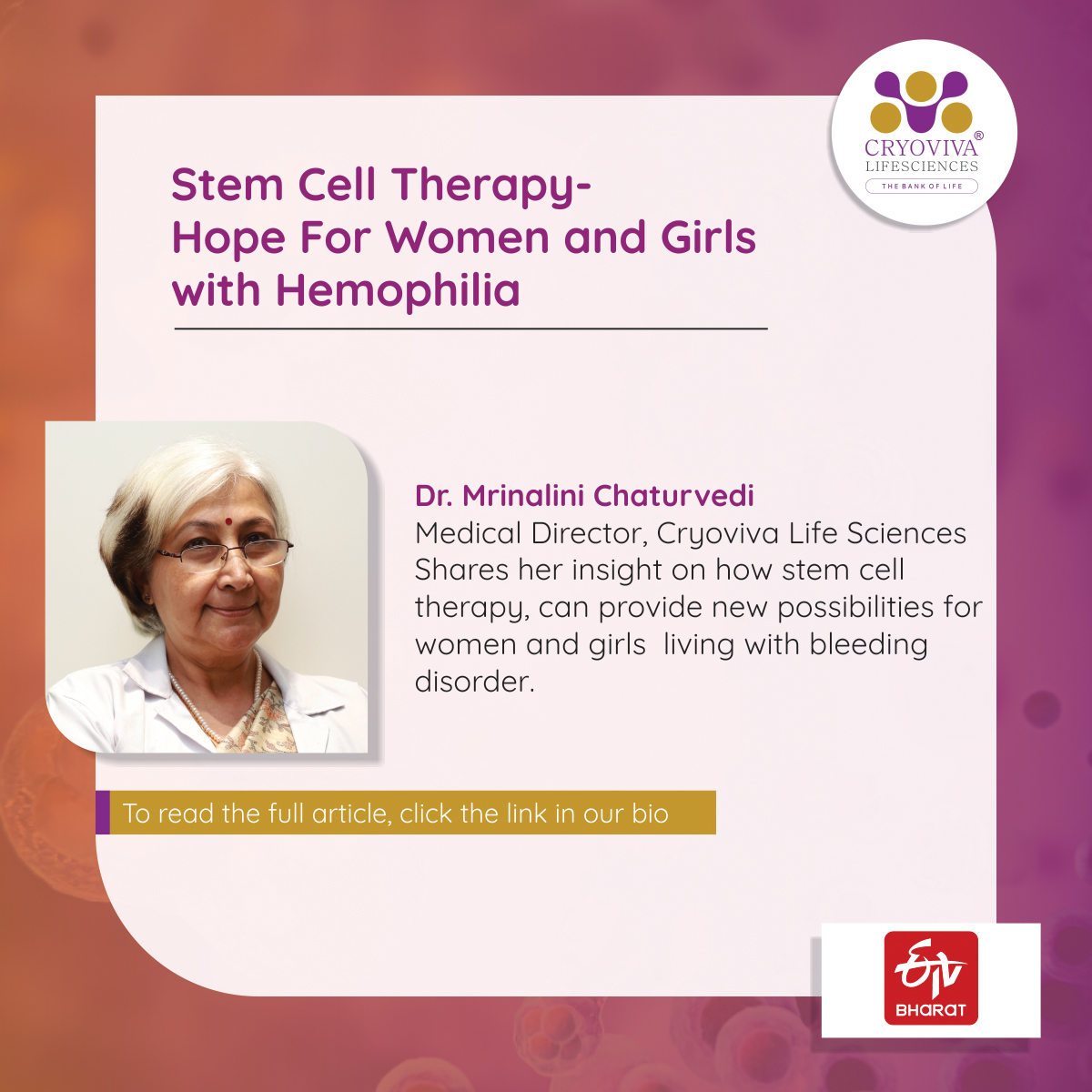
Hemophilia, a genetic bleeding disorder for decades has been predominantly viewed as a male disorder. The blood doesn't clot properly due to a deficiency in clotting factors. This can lead to prolonged bleeding after injuries, surgery, or even spontaneously. However, seeing this only as a male disorder is not true. Dr Mrinalini Chaturvedi, Medical Director at Cryoviva Life Sciences says that this misconception stems from its inheritance pattern—linked to the X chromosome—which often leads to women being labelled solely as carriers. "As a result, many women and girls experience symptoms such as heavy menstrual bleeding, joint pain, and easy bruising, yet remain misdiagnosed or entirely undiagnosed," explains Dr Chaturvedi. However, she says, advancements in medical science, particularly in stem cell therapy, are now opening new possibilities for women and girls living with this often-overlooked bleeding disorder. Here's how stem cell therapy can help treat Hemophilia in women.
What is Stem Cell Therapy
Also known as regenerative medicine, stem cell therapy involves using stem cells to treat or repair damaged tissues or organs. These are various specialised cell types that generate tissues in the body. As of now, stem cell therapy is used to treat blood cancer. However, Dr Chaturvedi confirms that Stem cell therapy helps a route to address hemophilia for its genetic foundation.
Can treat excessive bleeding issues
The condition is a result of a mutation in the F8 or F9 genes, which are responsible for producing these clotting factors. Scientists are now exploring how hematopoietic stem cells, which can transform into any type of blood cell can be genetically engineered to produce functional clotting factors. Once corrected, these stem cells can be reintroduced into the body, which can be a long-term or permanent solution for hemophilia. This can be useful for women who suffer excessive bleeding issues.
Reduce the Risk of Joint Damage
If internal bleeding is repeated, especially in joints, it can cause complications of hemophilia. While joint pain and deterioration are under-reported in women, it can impact their daily lives. Mesenchymal stem cells, which are known for their regenerative and anti-inflammatory properties could repair cartilage and synovial membranes damaged by chronic bleeding. These cells could help prevent or reverse joint damage in women and girls.
May Reduce the Dependency on Factor Replacement Therapy
As of now, treatment for hemophilia includes lifelong infusion of clotting factor concentrates, which can be both physically exhausting as well as financially burdensome. For women, this can further complicate the diagnosis of hormone-related bleeding patterns. Some new research shows that stem cell therapy may reduce or even eliminate the need for frequent factor therapy.
Personalised Treatment for Women
Female carriers of hemophilia have a wide spectrum of symptoms–severe enough to meet diagnostic criteria for hemophilia themselves. However, current medical protocols do not have adequate resources to address this variation. Stem cell therapy can be a powerful opportunity for personalised medicine, where treatment can be tailored to each individual's genetic and clinical profile. The 'one-size-fits-all' approach will be exchanged with individual-centric treatment for hemophilia care for women.
A Hope For a Better Future For the Next Generation of Women
Stem cell therapy may not be extensively used for hemophilia treatment in women, but it gives hope for a transformation in the future treatment for the next generation of women and girls. Once stem cell therapy becomes an ethically implemented procedure the prospect of early intervention may become a reality. Girls who inherit the hemophilia through their genes, may not experience symptoms or the limitations of treatments.

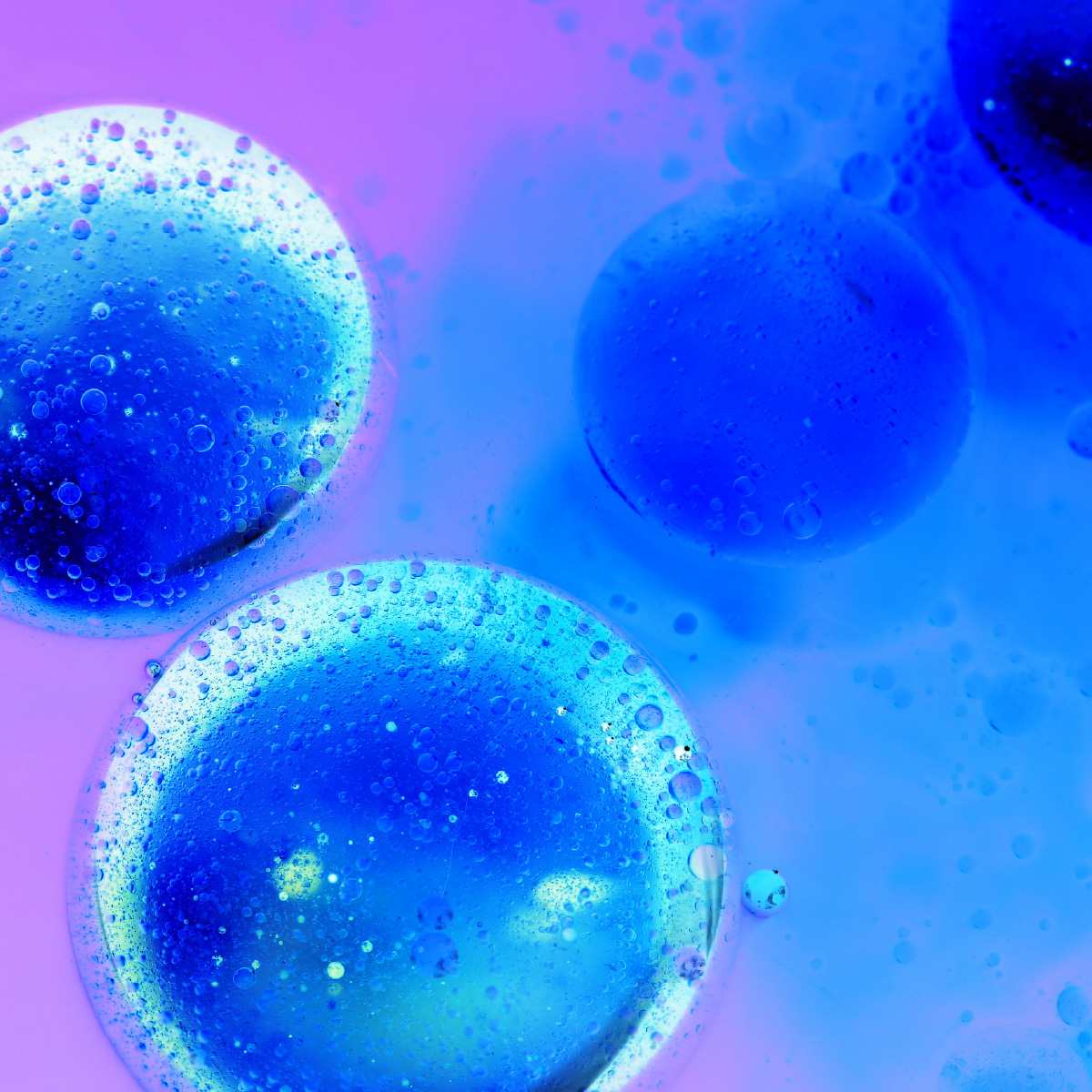
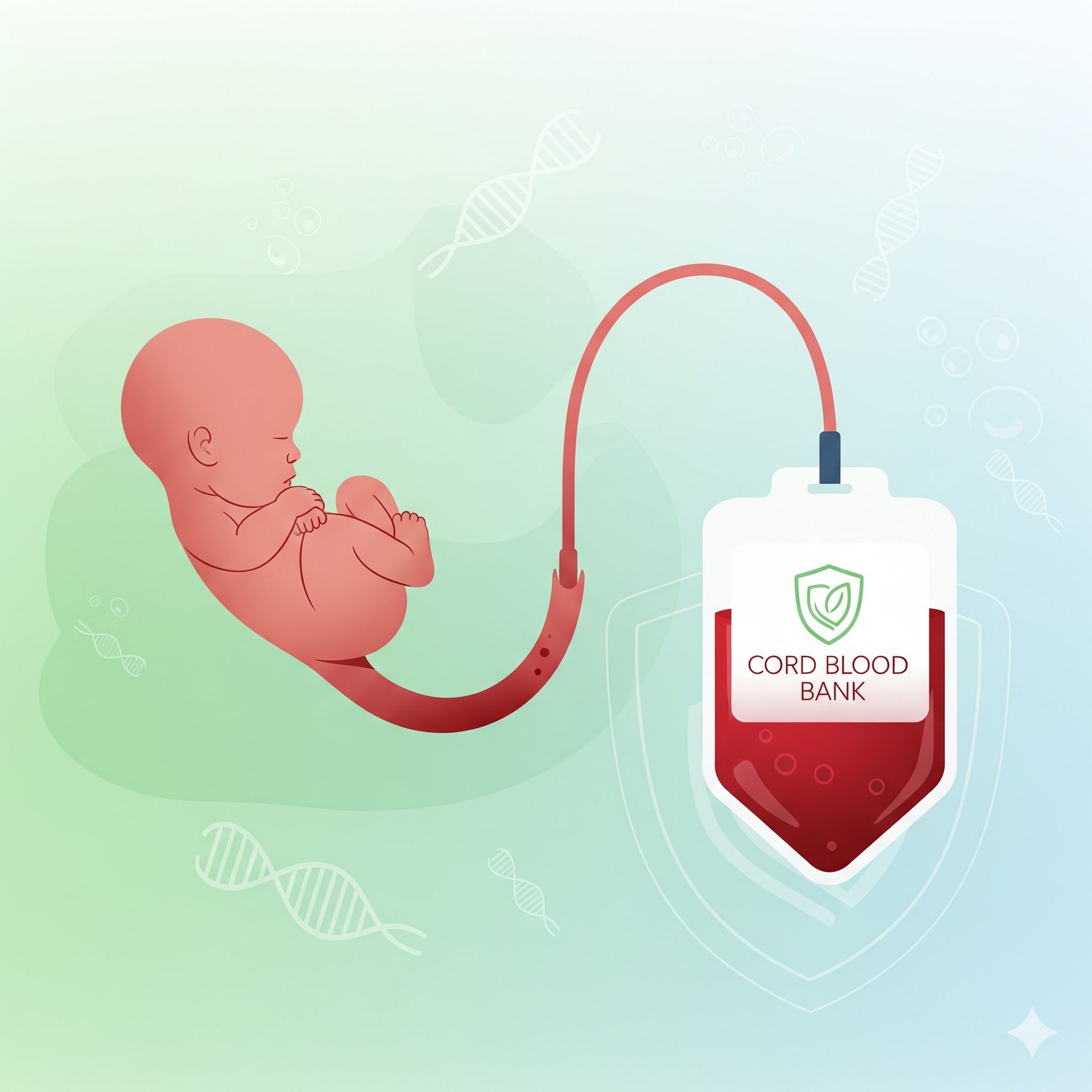
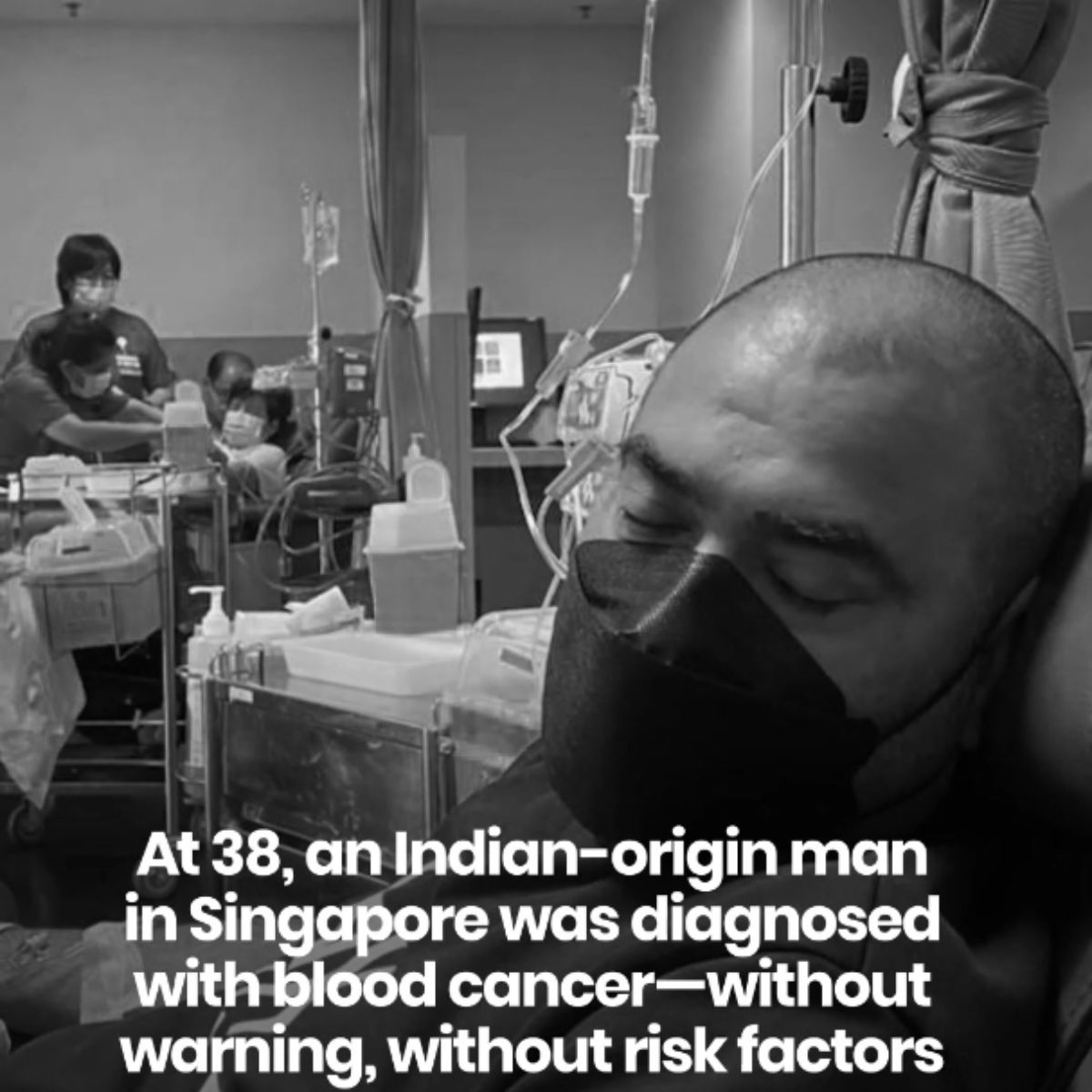
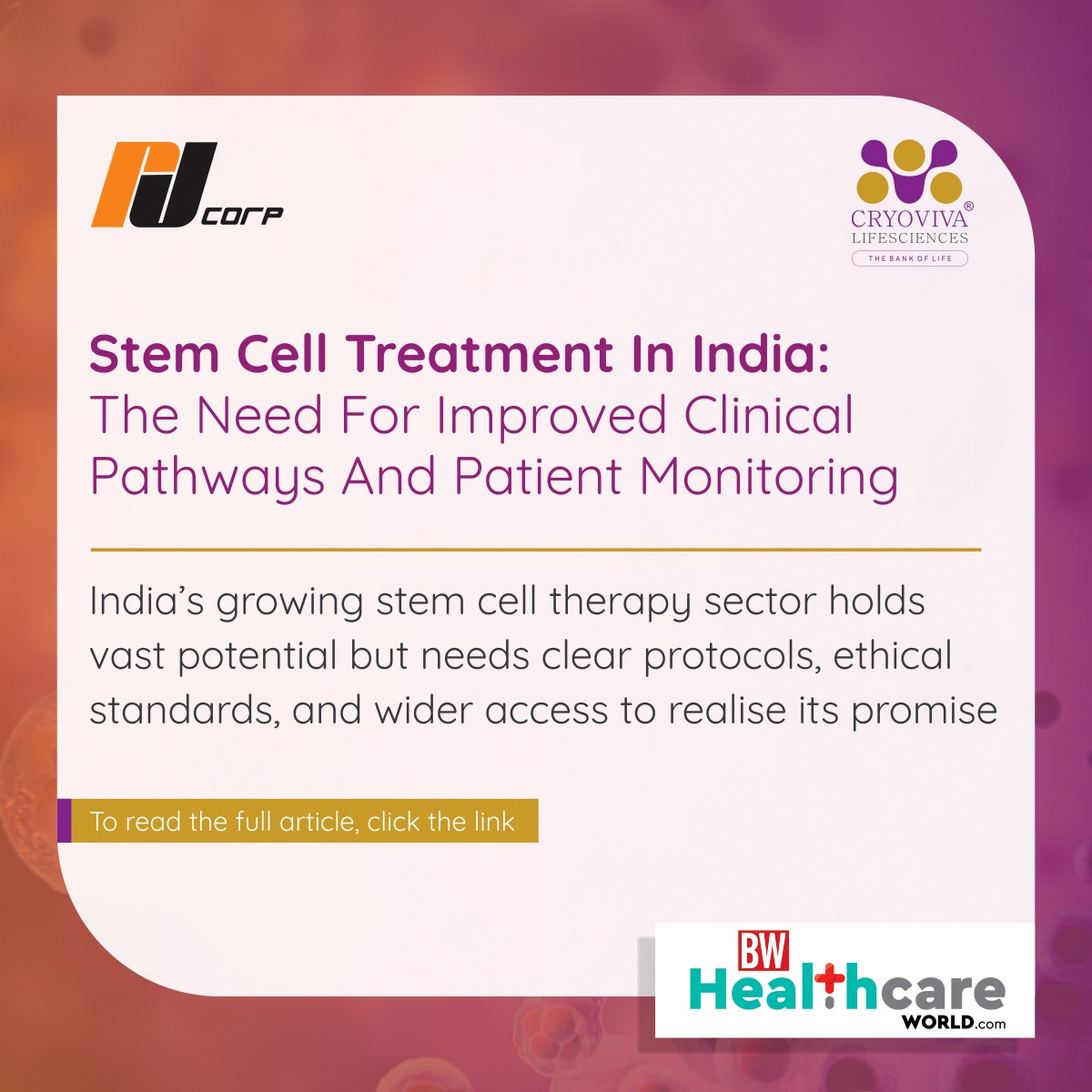

 Enquiry
Enquiry
 Email
Email Phone
Phone
 Whatsapp
Whatsapp